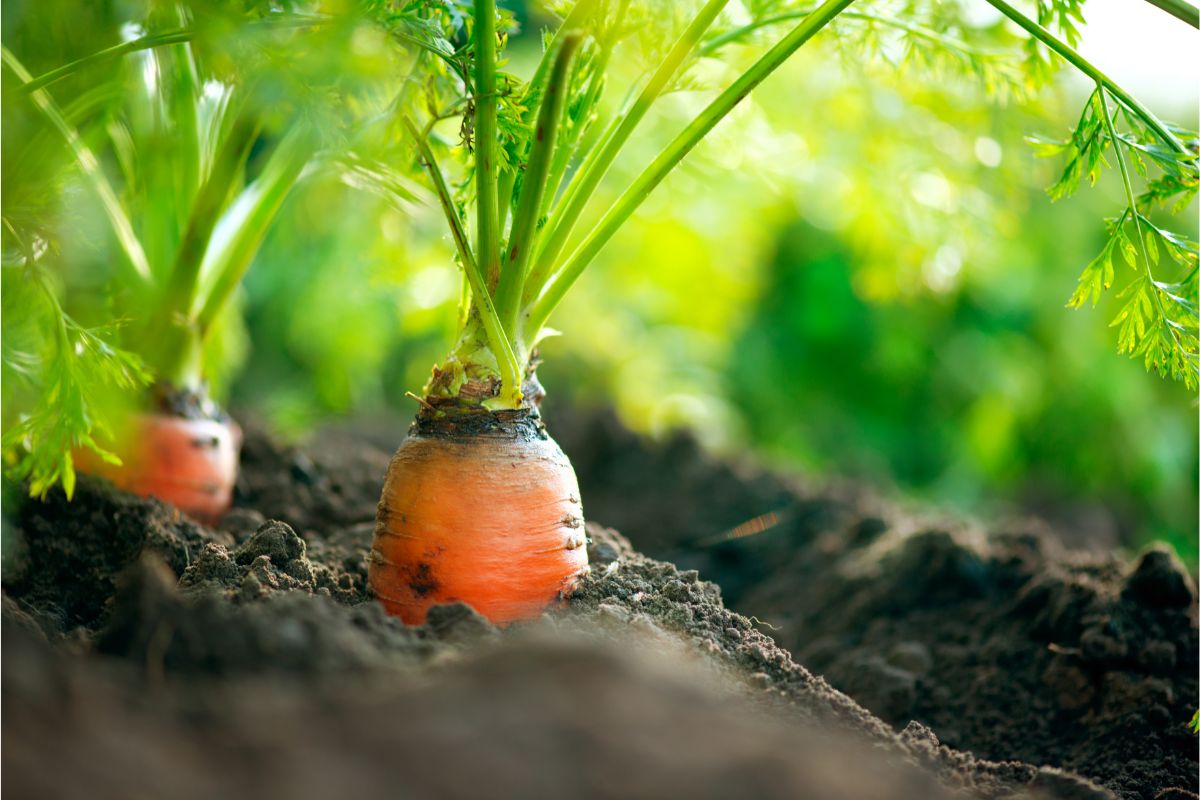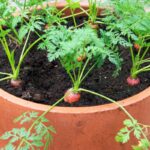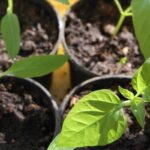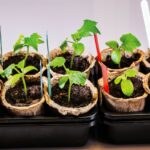Carrots are one of the most versatile and beloved vegetables in our gardens and on our dinner plates.
Whether you’re a seasoned gardener or a complete beginner, growing carrots from seed can be a rewarding and relatively simple endeavour.
In this guide, I’ll explore the ins and outs of cultivating these vibrant, crunchy delights from the ground up.
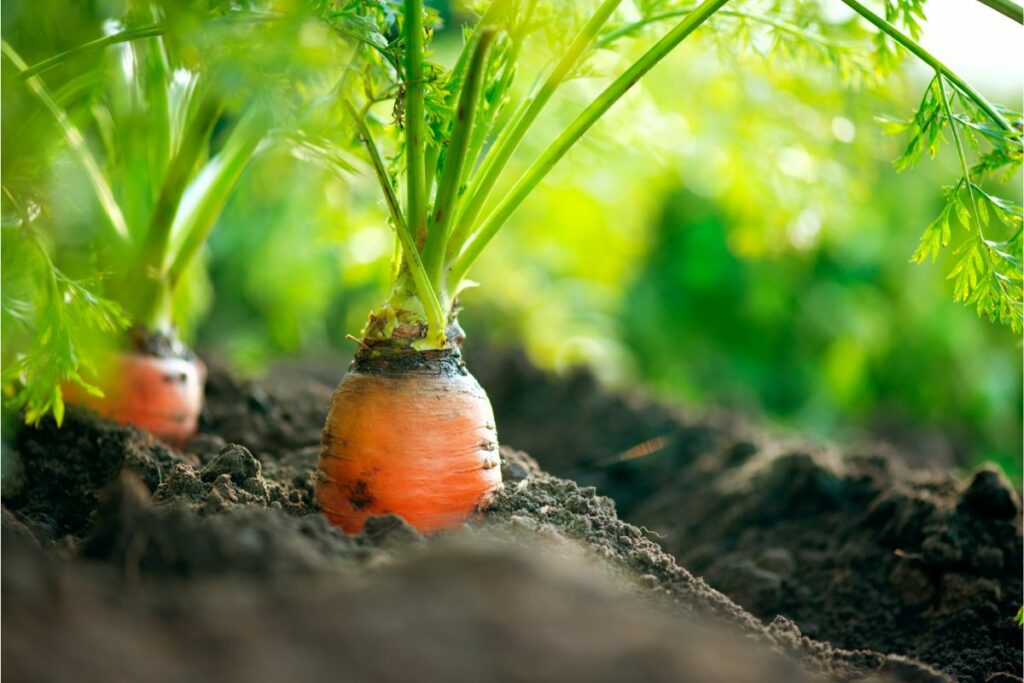
By the end, you’ll be well on your way to a bountiful carrot harvest that will leave you craving homegrown goodness year after year.
The Basics of Carrot Cultivation
Before I dive into the nitty-gritty of carrot growing, let’s start with the basics. Carrots (Daucus carota) belong to the Apiaceae family and are root vegetables grown in cooler seasons.
They come in various colours, from the familiar orange to vibrant purple, white, and even yellow. Carrots are known for their sweet and earthy flavour, making them a delightful addition to salads, soups, and snacks.
Selecting The Right Seeds
The first step in growing carrots from seed is to select the right seeds. Carrot seeds come in various varieties, each with its unique flavour, colour, and size.
Some popular carrot types include Nantes, Chantenay, and Imperator, among others. Choose a variety that suits your taste preferences and the growing conditions in your area.
Prepping The Soil
Now, let’s get our hands dirty, quite literally. Carrots thrive in loose, well-draining soil, so it’s essential to prepare the ground properly.
Begin by clearing the area of any debris and weeds. Carrots can be quite finicky about soil texture, so make sure it’s free of rocks, clumps, and hardpan.
Consider using a garden fork to loosen the soil and improve its texture.
Sowing The Seeds
Once your soil is prepared, it’s time to sow the seeds. Carrots are usually sown directly into the ground, as they don’t transplant well due to their delicate roots.
Create shallow furrows about half an inch deep and space them about 2 inches apart. Sprinkle the carrot seeds evenly in the furrows and gently cover them with soil. Be sure to water the area thoroughly after planting to help the seeds settle.
Thinning The Seedlings
As your carrot seedlings emerge, you’ll likely notice that you’re growing closely together. It’s crucial to thin them out, allowing each carrot to have ample space to grow.
Once the seedlings are about 2 inches tall, thin them to about 2-3 apart, this step ensures that your carrots have room to develop robust, full-sized roots.
Watering And Sunlight
Carrots appreciate consistent moisture, but they don’t like to be waterlogged. Keep the soil evenly moist, and consider mulching to retain moisture and deter weeds.
Additionally, carrots thrive in full sunlight, so choose a location in your garden that receives at least 6-8 hours of direct sunlight each day.
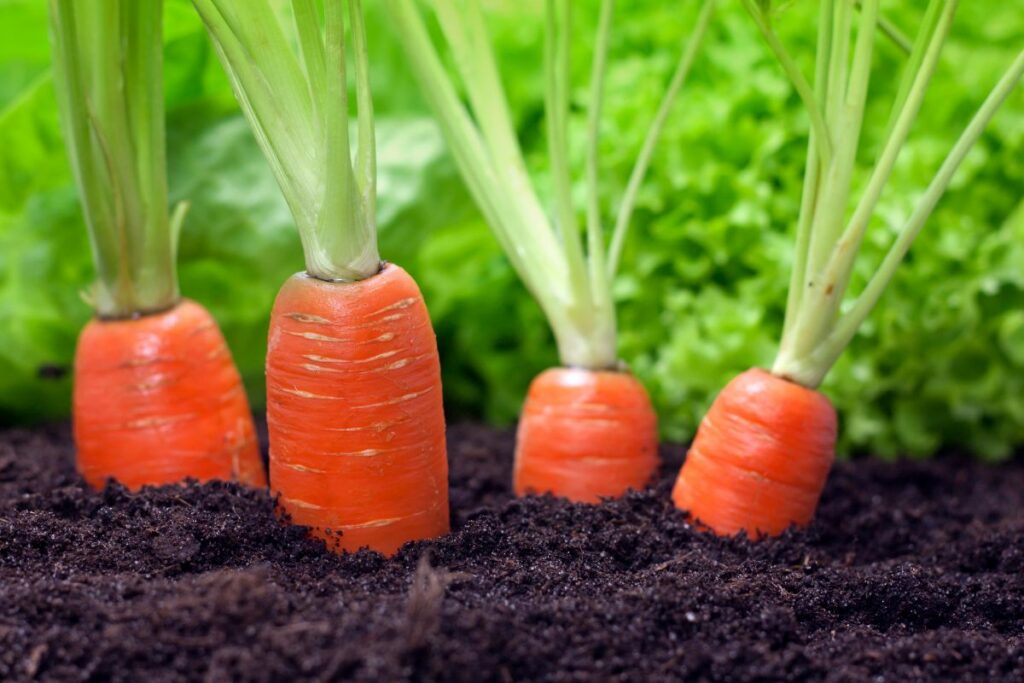
Fertilizing And Soil Maintenance
Carrots aren’t heavy feeders, but they do benefit from a balanced fertilizer. When your carrot seedlings are about 3-4 inches tall, apply a balanced, all-purpose fertilizer to give them the nutrients they need for healthy growth.
Avoid over-fertilization, as it can lead to excessive foliage growth at the expense of the root.
Pest And Disease Management
Keeping your carrots safe from pests and diseases is a vital part of a successful harvest. Common carrot pests include carrot flies, aphids, and nematodes.
To protect your crop, consider using row covers and practising crop rotation. It’s also a good idea to inspect your carrots regularly for any signs of disease, as early detection can help prevent the spread.
Harvesting Your Carrots
The time has come to reap the rewards of your hard work. Carrots are typically ready to harvest about 70-80 days after planting, but you can start harvesting baby carrots earlier if you prefer a milder flavour and small size.
Gently loosen the soil around the carrots using a fork or your hand, taking care not to damage the delicate roots. Pull the carrot out of the ground, and you’ll be greeted with the sweet, earthy aroma of homegrown goodness.
Storing Your Carrots
Once you’ve harvested your carrots, it’s essential to store them properly to maintain their freshness. Carrots can be stored in a cool, dark place or in the refrigerator.
If you’re storing them in the fridge, trim the green tops to prevent moisture loss from the roots, as the tops can act like a straw, drawing moisture from the carrot.
Frequently Asked Questions
Carrots can be grown in containers, provided the container is deep enough (at least 12 inches) to accommodate the carrot’s taproot. Choose a container with good drainage, fill it with a well-draining potting mix, and ensure it receives adequate sunlight.
Carrots may develop odd shapes or forked roots due to obstacles in the soil, such as stones. It’s essential to prepare your soil properly.
Carrots take approximately 3-4 months (12-16 weeks) to reach maturity and be ready for harvesting after sowing seeds.
It is not necessary to soak carrot seeds before planting, but some gardeners do so to help soften the seed coats and encourage germination.
You should sow carrot seeds quite thickly, about 1-2 inches apart in rows.
Final Thoughts
Growing carrots from seed is a rewarding experience that allows you to enjoy the flavours of homegrown goodness.
With the right seeds, soil preparation, and care, you can cultivate vibrant, crunchy carrots that will be a highlight of your garden and your kitchen.
So, roll up your sleeves, grab your gardening tools, and get ready to savour the sweet, earthy satisfaction of a bountiful carrot harvest.
You may also like to read about growing carrots in raised beds.
- Can You Grow Bell Peppers Indoors? A Guide For New Gardeners - November 14, 2023
- Composting Basics: Can You Compost Mushrooms? - November 6, 2023
- A Gardener’s Guide To Growing Carrots In Raised Beds - November 1, 2023

